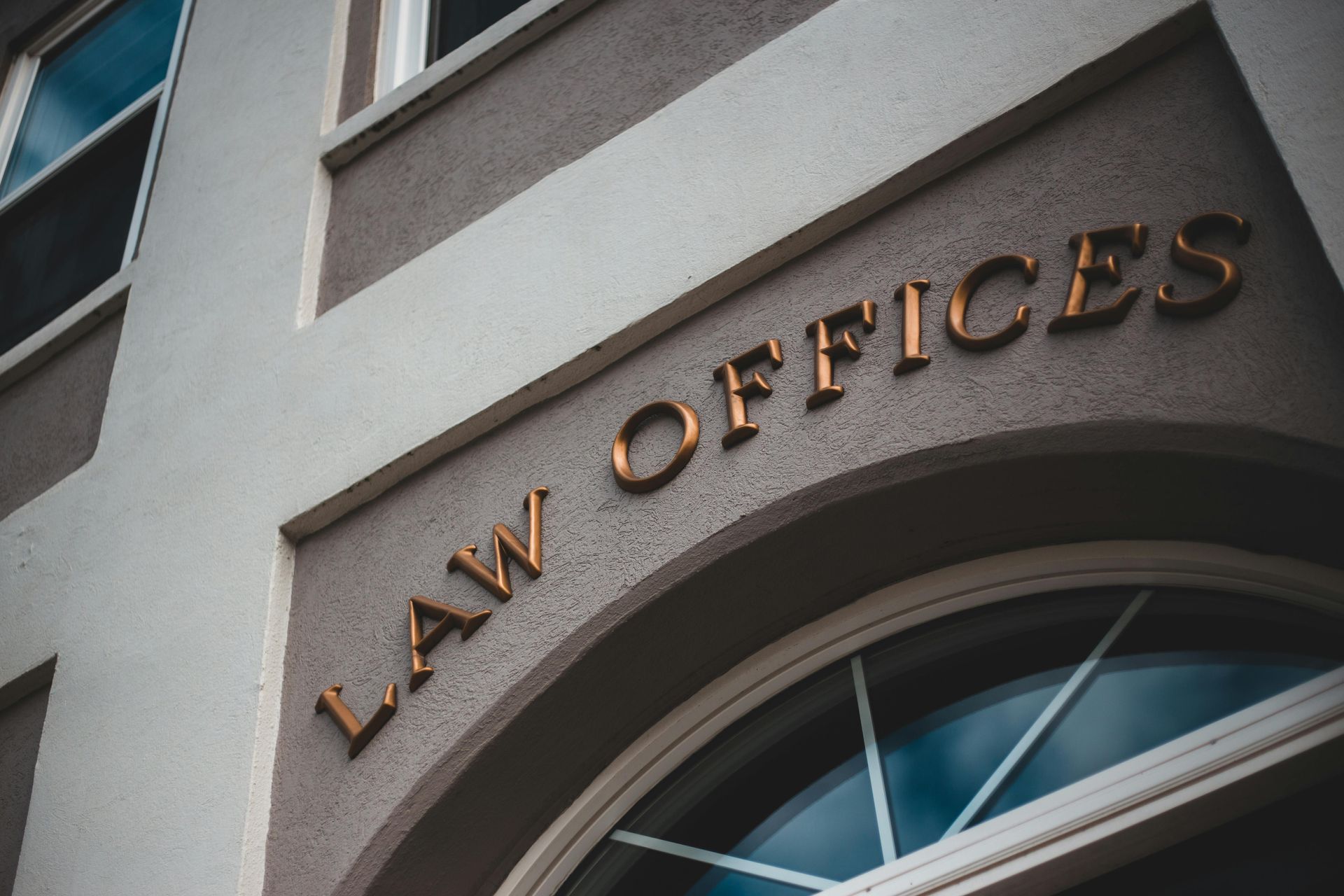Trademark Licensing
ATTORNEYS IN DALLAS
Understand the fundamentals of trademark licensing, including the mutual agreement between the licensor and licensee, the role of quality control, benefits for both parties, and considerations when using trademarks in related company arrangements to ensure the preservation of trademark rights.
Trademark Licensing
This agreement represents a mutual understanding between a trademark owner (referred to as the "licensor") and another party (known as the "licensee"). Under this agreement, the licensor grants permission to the licensee to utilize the trademark in commerce, subject to mutually agreed-upon terms. The agreement typically includes essential elements such as the identification of both parties, the specific trademark(s) being licensed, the geographic territory in which the licensee can employ the trademark in commerce, the nature and quality standards of the goods or services associated with the trademark, provisions for maintaining quality control, royalty arrangements, the duration of the license, and whether the license is exclusive.
Quality control plays a vital role in a trademark license. The licensor must have mechanisms in place to oversee and regulate the licensee's usage, ensuring consistency that aligns with the licensor's interests. This is crucial to guarantee that consumers receive the same level of quality, regardless of whether it is the licensee or the licensor distributing the goods or providing the services.
Trademark licensing offers several benefits. Firstly, it can generate revenue for the licensor. Additionally, it allows the licensor to expand their presence in different geographic territories. By entering into a licensing agreement, a trademark owner can also leverage the advantages of co-branding, partnering with a strategic ally to benefit from their marketing, sales, distribution, or manufacturing capabilities. Furthermore, trademark licensing aids in enhancing consumer recognition of the brand. The more the trademark is utilized, the greater the level of recognition it attains. Another advantage is that a trademark owner may be able to share advertising and promotional costs with the licensee. Finally, trademark licensing can serve as a means to resolve infringement issues. Instead of incurring expenses on litigation, a trademark owner may persuade an infringer to obtain a license and pay for the use of the trademark.
Overall, trademark licensing presents various opportunities and advantages for both the licensor and licensee, facilitating revenue generation, market expansion, brand recognition, and potential resolution of infringement matters.
How Does Licensing Effect Trademark Registration?
The party who possesses control over the nature and quality of goods and services (referred to as the "licensor") enjoys the benefits of using a trademark. This party is the rightful owner of the trademark and holds the exclusive right to register it. According to Section 5 of the Trademark Act (15 U.S.C. §1055), if a registered trademark or a mark seeking registration is used by related companies, such usage will benefit the registrant or trademark applicant. As long as the use is not intended to deceive consumers, it will not affect the validity of the mark or registration. When a trademark application indicates that the mark is used by a related company, the United States Patent & Trademark Office (USPTO) does not require the applicant to provide an explanation regarding how they control the trademark's usage. While the USPTO does not mandate the recording of license agreements, other countries may require licensors to register licenses to establish their effectiveness against third parties.
As previously mentioned, if an application states that the trademark is used by a controlled licensee or franchisee, the Examining Attorney will not delve into the relationship between the parties as long as the record does not contain any inconsistencies regarding the applicant's claim of ownership. In all license and franchise arrangements, the key factor in determining ownership is the degree of control exercised by the applicant over the goods or services associated with the trademark. Several examples illustrate how the applicant may exercise quality control, such as inspecting the licensee's facilities to ensure compliance with the license terms and relevant laws, reviewing production samples to uphold the licensor's product standards, or assessing customer service complaints, comments, and general feedback. Failure to adequately control the goods or services provided by licensees or franchisees could result in a legal determination that the trademark owner (the licensor) has relinquished its rights in the trademark, known as abandonment.
In summary, the licensor benefits from the use of a trademark when they maintain control over the quality of goods and services. They are the rightful owner of the trademark, and related company usage does not affect the mark's validity as long as it does not deceive consumers. The USPTO does not require license agreements to be recorded, although other countries may have different requirements. In license and franchise arrangements, ownership is determined by the level of control exercised by the applicant over the trademark's application to goods or services. Adequate quality control is crucial, and failure to exercise such control may lead to the abandonment of trademark rights by the licensor.
Contact an Experienced Trademark Attorney
If you need legal advice regarding your trademark rights, assistance with trademark prosecution, or representation in a domain name dispute, contact Wilson Whitaker Rynell. Our team of trademark lawyers has extensive experience in all aspects of trademark and copyright law, including the filing of trademark applications and representing clients in defense or prosecution before the Trademark Trial and Appeal Board.
- 66(a) Applications
- Abandoning a Trademark Application or Withdrawing a TTAB Proceeding
- Abandonment and Nonuse
- Abbreviations as Trademarks
- Accelerated Case Resolutions
- Acquired Secondary Trademark Meaning
- Amending Trademark Application
- Assigning a Trademark
- Assigning a Trademark and the Intent to Use Application
- Avoiding Fraud on Trademark Applications
- Avoiding Trademark Litigation
- Basis for Filing a Trademark
- Benefits of Registering a Trademark
- Bona Fide Intent to Use
- Celebrity Trademarks
- Challenging the Relatedness Factor
- Challenging Trademark Rights
- Claims in a Notice of Opposition
- Co-Existence Agreements
- Common Law Trademarks in the Internet Era
- Common Law Use and Priority
- Conflicting Marks
- Consent Agreements
- Constructive Use Priority
- Dates of Use
- Defenses in Opposition and Cancellation Proceedings
- Descriptive or Generic Trademarks
- Design Marks
- Design Trademarks
- Determining Trademark Similarities
- Discovery in TTAB Proceedings
- Dividing a Trademark Application
- Drawing Page
- Electronic Display Specimens for Trademarks
- Evidence in TTAB Proceedings
- Evidence of Acquired Distinctiveness
- Expediting Trademark Cancellation for Nonuse or Abandonment
- Extending Time to Oppose
- Factors of a Likelihood of Confusion Analysis
- False Suggestions of Connection
- Famous Trademarks and Likelihood of Confusion and Dilution
- Filing an Opposition or Cancellation Proceedings
- First Sale Doctrine
- Five Years of Use
- Foreign Trademark Rights
- Generic Trademarks
- Geographic Trademarks
- Hiring Trademark Counsel
- Immoral and Scandalous Trademarks
- Incontestability of U.S. Trademarks
- International Trademark Filings
- Joint Trademark Ownership
- Lawful Use of a Trademark in Commerce
- Likelihood of Confusion Analysis
- Likelihood of Confusion Refusal
- Merely Descriptive Trademarks
- Multiple Bases for a Trademark Application
- Overcoming and Ornamentation Trademark Refusal
- Personal Name Trademarks
- Principal and Supplemental Registers
- Protecting Single Creative Works
- Recording Trademark Assignments
- Refusal of a Trademark
- Refusing a Trade Dress Application
- Registering a Certification Trademark
- Registering a Service Mark
- Registering a Trademark That Lacks Inherent Distinctiveness
- Registering an International Trademark
- Relatedness of Goods or Services
- Request for Reconsideration in Trademark Office Action
- Requirements for International Trademark Application
- Revive an Abandoned Trademark Application
- Secondary Meaning
- Source Confusion
- Special Trademark Applications
- Standard Character and Special Format Marks
- Standing in Opposition and Cancellation Proceedings
- State Trademark Registration
- Statement of Use Extensions
- Tacking Doctrine
- Technical Trademark Use
- The Supplemental Register
- Trade Dress
- Trade Dress Application
- Trademark Application
- Trademark Clearance Searches
- Trademark Disclaimers
- Trademark Licensing
- Trademark of Authors, Performing Artists, and Characters
- Trademark Ownership
- Trademark Protection In Texas
- Trademark Settlements
- Trademark Specimens
- Trademark Specimens
- Trademark Use by Related Company
- Trademark Use in Advertising
- Trademark Use in Commerce
- Trademarking a Distinctive Mark
- Trademarking a Hashtag
- Trademarks for Musical Artists
- TTAB Discovery Rules
- TTAB Proceedings
- U.S. Service Mark
- U.S. Trade Dress
- Understanding Trade Channels
- Unitary U.S. Trademark
- Universal Symbols as Trademarks
- Using Secondary Sources
- What is an Ex Parte Appeal?
- Where to Register a Trademark
- Who Must File a Trademark?
CLIENT MATTERS
5,000+
YEARS OF SERVICE
25+
Award Winning
Recognized in the legal industry as dedicated board-certified lawyers and Rising Stars.
Expert Team
Your project will be handled by legal experts every time. You will have the most experienced attorneys working for you.
Quality Representation











